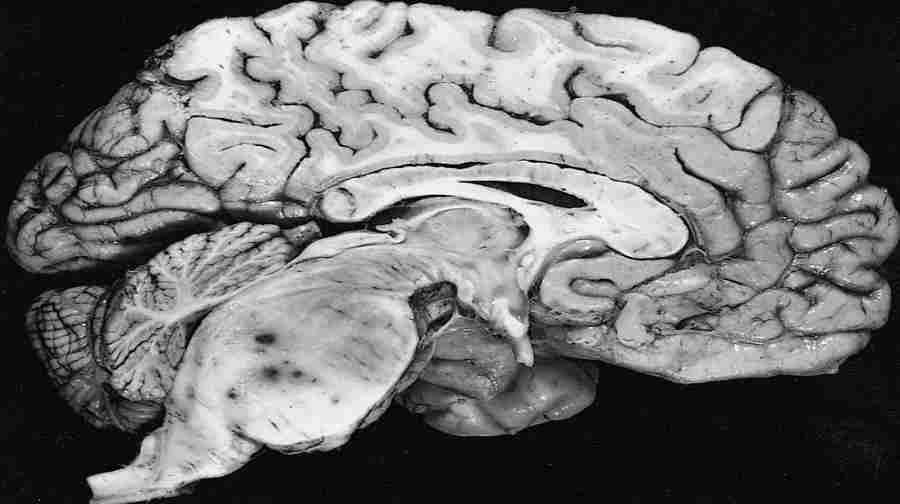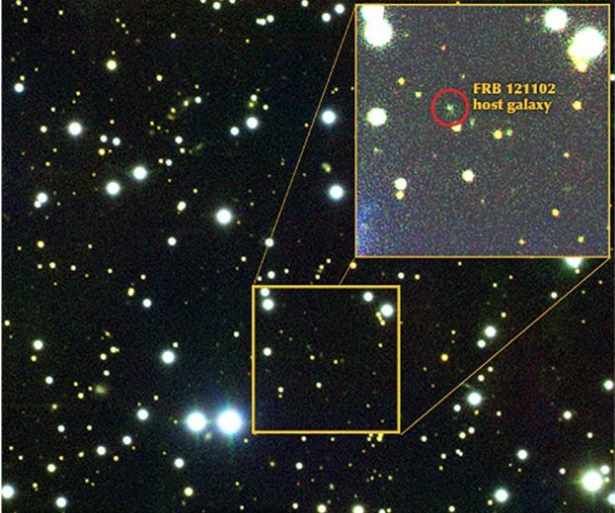A new organ in the human body
Scientists have classified a new organ in the human body. This is the mesentery – the membrane in the peritoneum that holds the viscera in place. It was found in the digestive system all along, but researchers were wrong about its structure.
The mesentery has long been known to researchers. However, until now it was thought to consist of several separate structures. Latest research published in The Lancet Gastroenterology & Hepatology suggest it is a separate, unified organ.
Although a lot is known about the structure of the new organ, its function is still poorly understood, and this could be the key to better understanding and treating the diseaseób abdominal and gastrointestinal tract.
Some of the first descriptionów mesenteries originated with Leonardo da Vinci. For centuries, the structure has been ignored by doctors as unimportant. It wasn’t until 2012 that Professor J Calvin Coffey of the University of Limerick in Ireland noticed under a microscope that the mesentery had a completely different structure than assumed. Over the next four years, Coffey and his team collected further evidence to support this thesis and transform the mesentery into a full-fledged organ. They’ve made it. One of the most famous textbooksów to Gray’s anatomy’s Anatomy already has an updated definition of the new body.
Turning mesentery into an organ will bring with it a whole new perspective on abdominal diseases. In the future, thanks to this, new treatments may be developed róailments.









